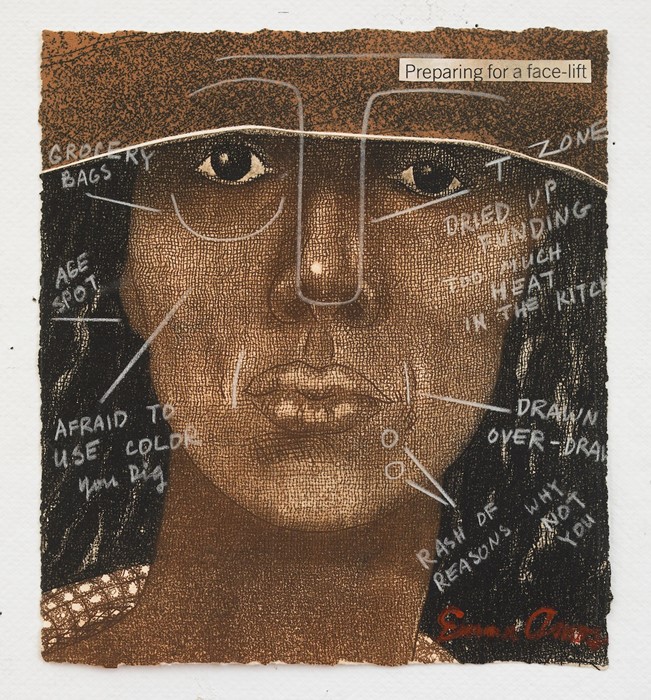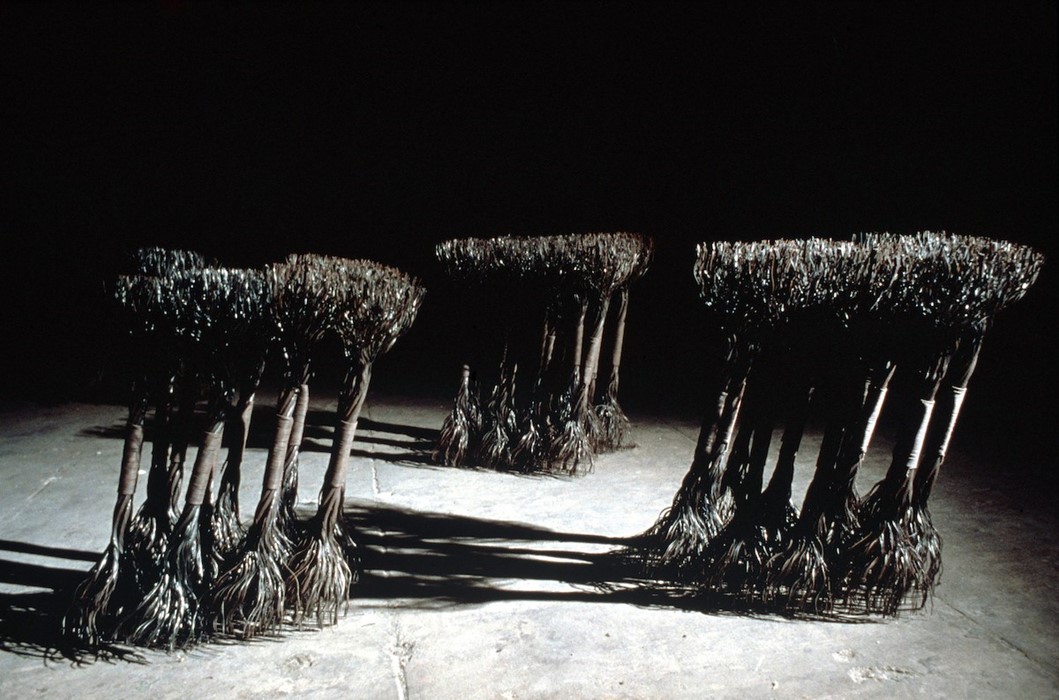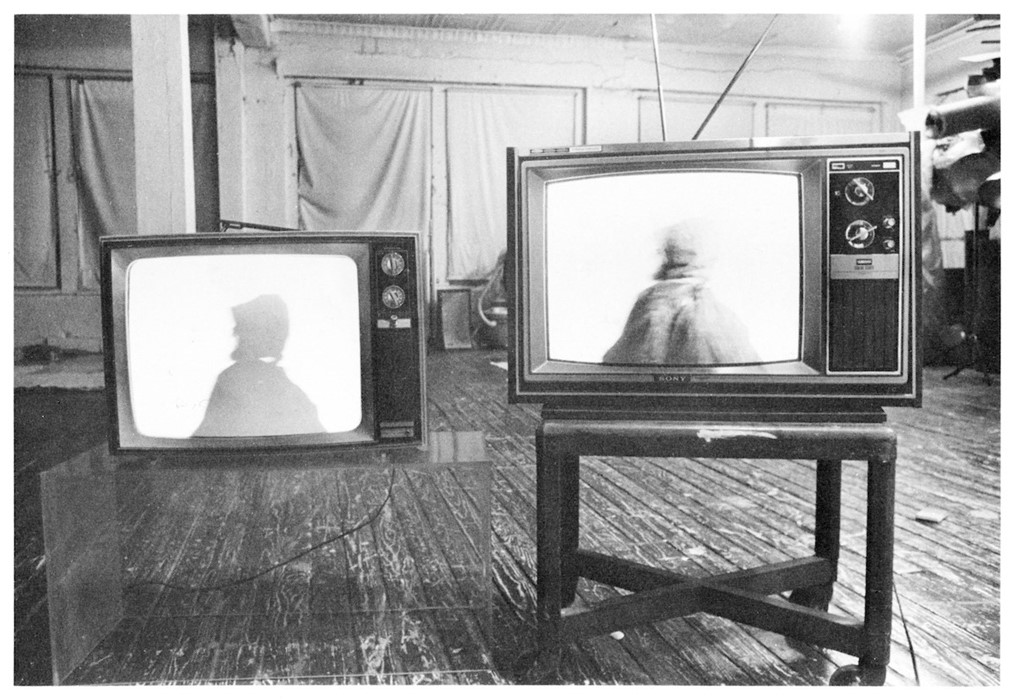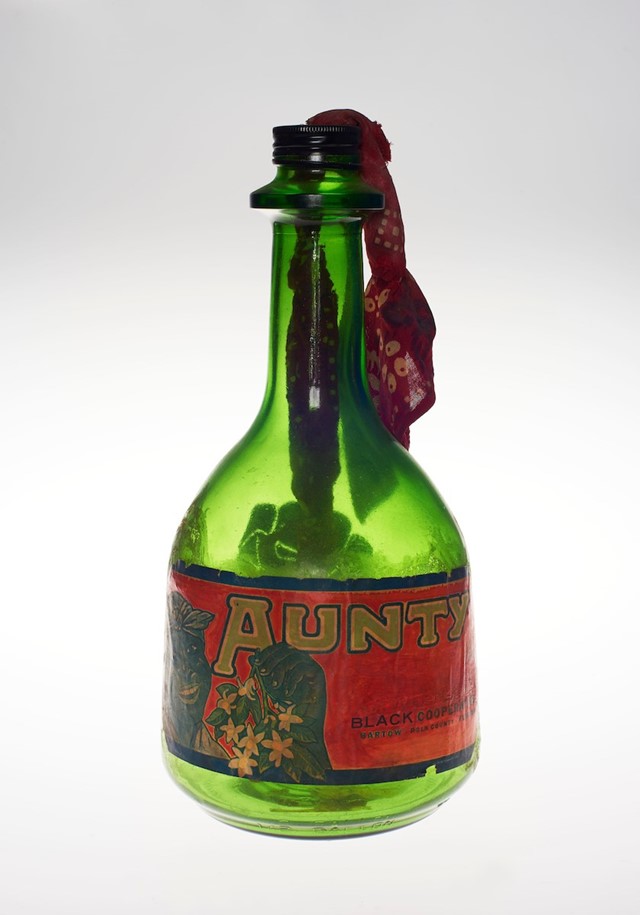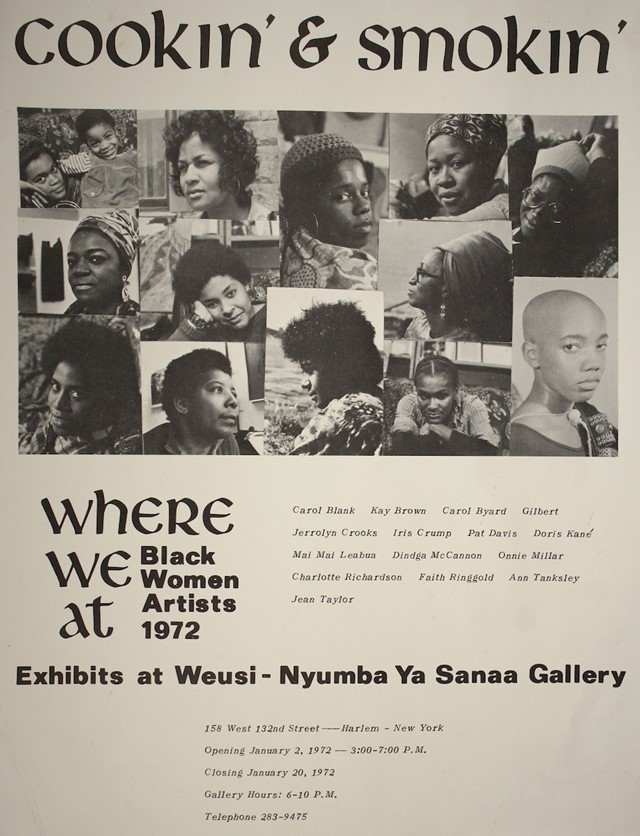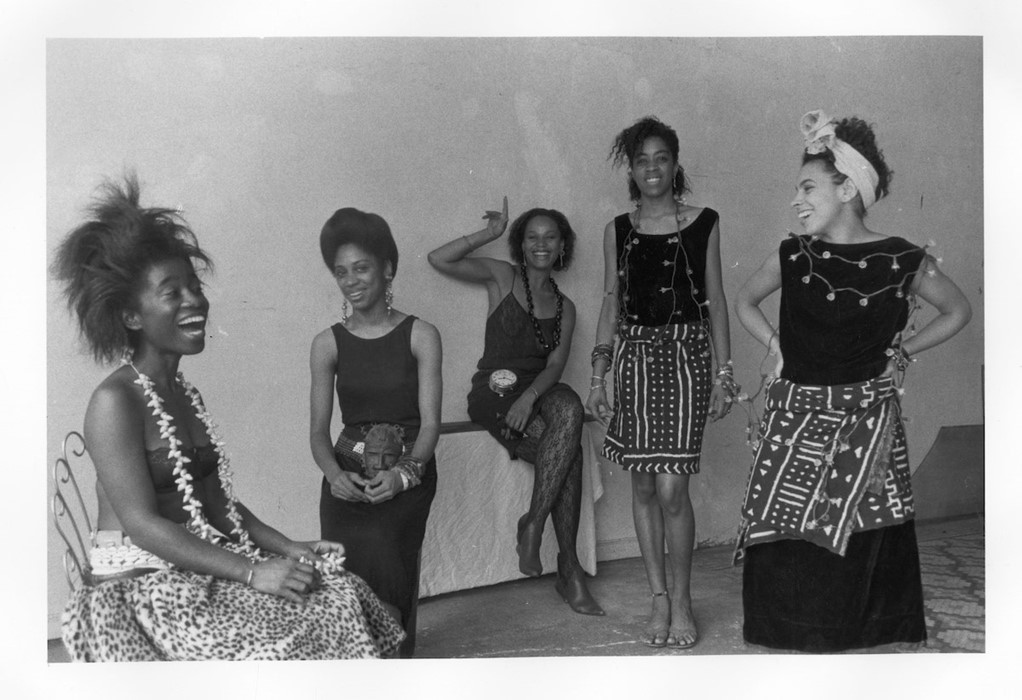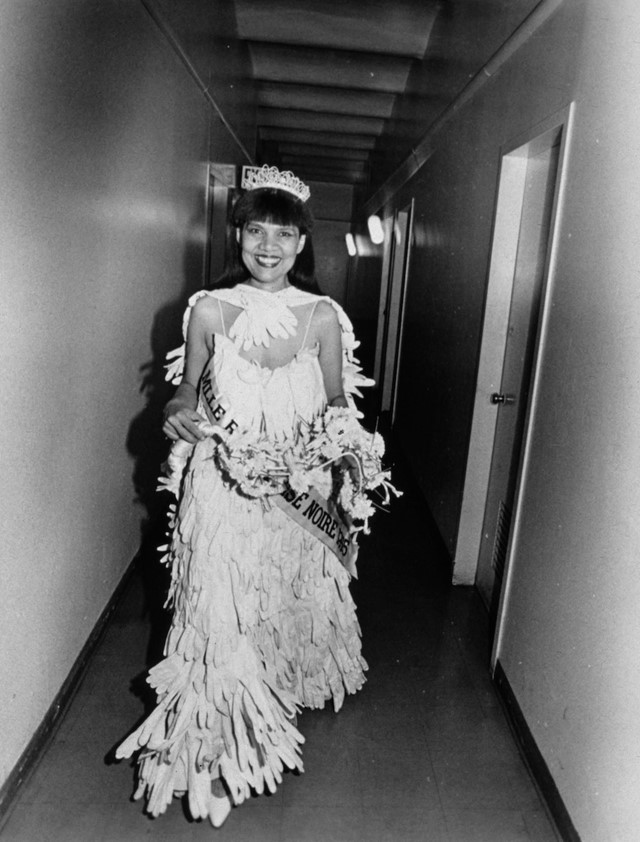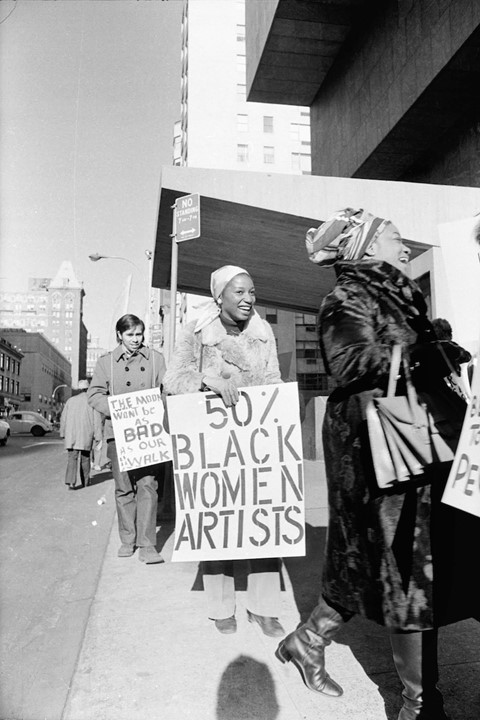Faith Ringgold; Beverly Buchanan; Barbara Chase-Riboud; Janet Henry: these names of black women artists probably don’t sound familiar to you. But an exhibition opening this week at The Brooklyn Museum, We Wanted A Revolution: Radical Women, 1965 – 85, is seeking to rectify this, debunking second wave feminist creativity and bringing black women back into the picture. Part of The Brooklyn Museum’s A Year of Yes: Reimagining Feminism – a group of exhibitions to be held over 2017 and 2018 celebrating feminism – this is the first time black art from the second wave feminist movement has been shown in one place, and pretty much every medium is on show: installation (Howardana Pindell), performance (Rodeo Caldonia High-Fidelity Performance Theatre Collective) and even political propaganda (Faith Ringgold).
In an industry abrasive to both women and people of colour, entering the art market in the 1960s was tough and near impossible for black women, even as second wave feminism picked up steam. Artists Kay Brown and Dindga McCannon delivered a fingers up to that world and set up the Where We At collective in McCannon’s brownstone apartment in Brooklyn in 1971 so she could provide a creative infrastructure that the art world simply wouldn’t provide for black women. We Wanted A Revolution exhibits the art made in these supportive communities, featuring posters for the Black Panthers and collage work by the group’s founder, like McCannon's Revolutionary Sister (1971), which deals with the lack of representation for African Americans in the themes posed by the Statue of Liberty.
We Wanted a Revolution is a gorgeous celebration of women of colour. “We were led by them: black women artists, activists, curators, art historians, and writers,” the show’s co-curator Rujeko Hockley told us of the “women who have been doing this work and making these [feminist] arguments at least since the 1960s.” Between the 1960s and the 1980s, for every Cindy Sherman or Hannah Wilke, there were black feminist artists using their talent to elevate the stories of the women who needed feminism most – women who had been completely ghettoised in society, from prisoners to undocumented workers.
Faith Ringgold’s For The Women’s House was made for and dedicated to incarcerated women in the Correctional Institution for Women on Rikers Island, New York, in January 1972. Ringgold asked the women what they would like to see in the painting, and so the mural is packed with women with good careers and a sense of autonomy. “The play on words in the imaginary route and destination of the bus in the upper left quadrant – ‘2A Sojourner Truth Square’ – speaks to the long road leading out of here that the women had asked to see depicted,” Hockley says. By the 1980s, the end of show’s spectrum, the Reagan administration rhetoric told both black and white women that feminism was to take the back burner, the movement’s objectives had been accomplished, but Maren Hassenger’s Leaning (1980) and Emma Amos’s Preparing For a Facelift (1981) – a sketch with tips on how to westernise an African American face – argued that this obviously wasn’t the case. The art in this show seems to have predicted feminism’s new battles. “These issues do remain painfully relevant and have taken on even greater urgency today, so it is interesting for it all be coming together now,” Hockley concludes.
We Wanted a Revolution: Radical Women, 1965 – 85 runs from April 21 – September 17, 2017 at The Brooklyn Museum, New York.

